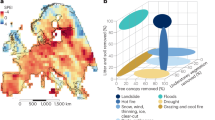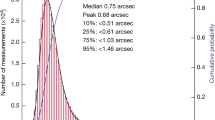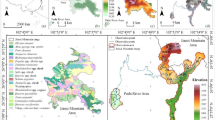Abstract
IN NATURE, vol. xlvii. p. 303, you mention that “a beautiful optical phenomenon, which has not yet been satisfactorily explained, is described by M. F. Folie in the Bulletin of the Belgian Academy.” From what follows, it is evidently the same as that described in Tyndall's “Glaciers of the Alps” (Murray, 1860, p. 177 et seq. Tyndall gives a description of it in a letter from Prof. Necker to Sir David Brewster, from which I quote the following:—“You must conceive the observer placed at the foot of a bill between him and the place where the sun is rising, and thus entirely in the shade; the upper margin of the mountain is covered with woods, or detached trees and shrubs, which are projected as dark objects on a very bright and clear sky, except at the very place where the sun is just going to rise; for there all the trees and shrubs bordering the margin are of a pure and brilliant white, appearing extremely bright and luminous, although projected on a most brilliant and luminous sky. You would fancy you saw these trees made of the purest silver.”
This is a preview of subscription content, access via your institution
Access options
Subscribe to this journal
Receive 51 print issues and online access
$199.00 per year
only $3.90 per issue
Buy this article
- Purchase on SpringerLink
- Instant access to full article PDF
Prices may be subject to local taxes which are calculated during checkout
Similar content being viewed by others
Author information
Authors and Affiliations
Rights and permissions
About this article
Cite this article
MURPHY, J. An Optical Phenomenon. Nature 47, 365 (1893). https://doi.org/10.1038/047365a0
Issue date:
DOI: https://doi.org/10.1038/047365a0



